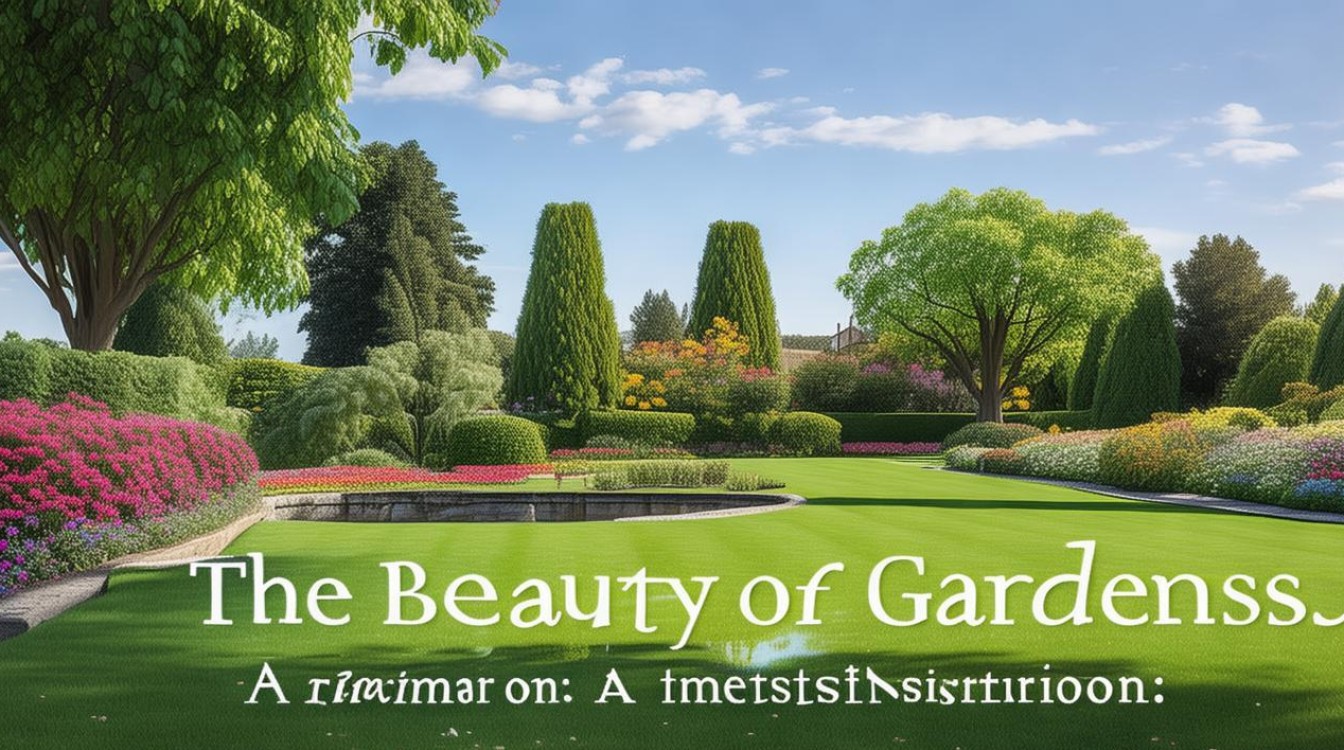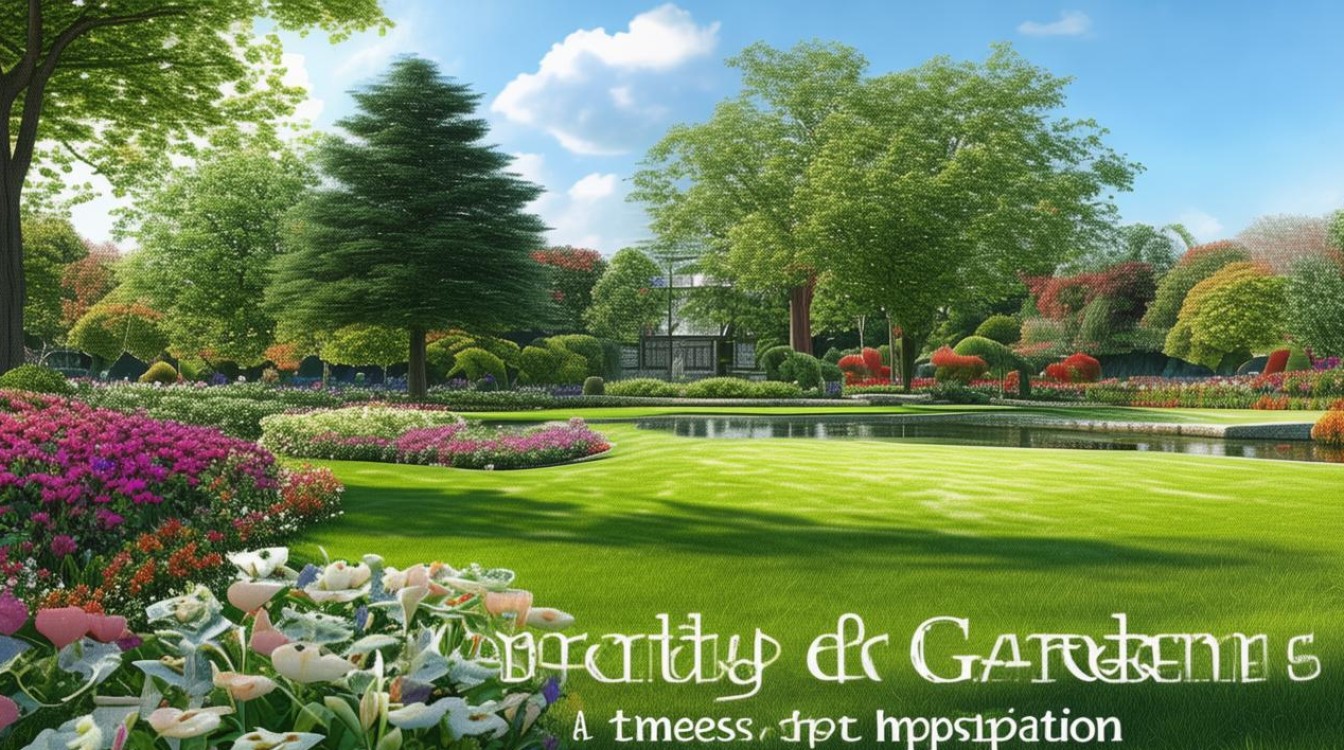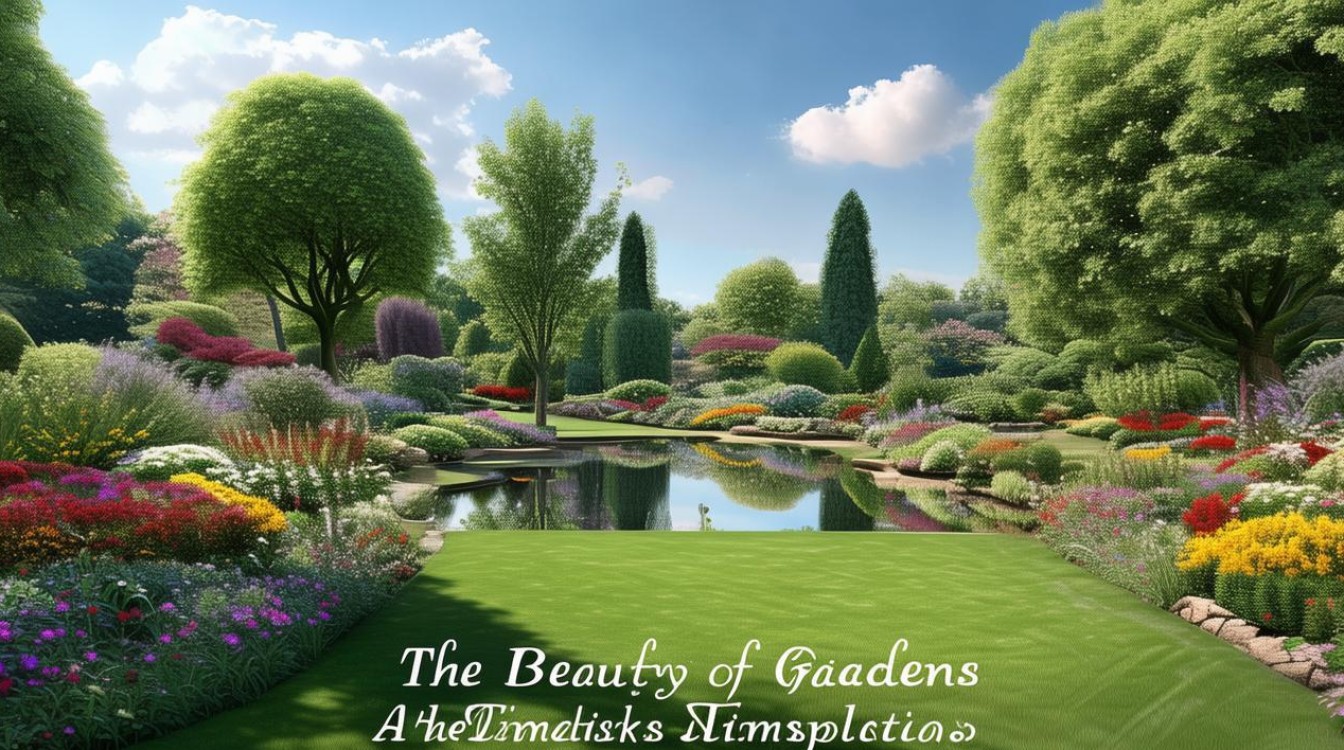Gardens have always been a source of wonder and tranquility. Whether vast botanical landscapes or small backyard retreats, they offer a unique blend of nature’s artistry and human creativity. Writing about gardens in English allows us to explore their charm while improving language skills. Here’s how to craft a compelling essay on this timeless subject.

Why Gardens Captivate Us
Gardens symbolize harmony between humans and nature. They reflect patience, care, and creativity—qualities that resonate deeply. A well-tended garden is not just a collection of plants; it’s a living story. From the vibrant colors of flowers to the soothing rustle of leaves, every element invites admiration.
For students, describing a garden sharpens observational skills. It encourages attention to detail—the way sunlight filters through petals or how dewdrops cling to grass blades. These nuances make writing vivid and engaging.
Structuring Your Essay
A strong garden-themed essay follows a clear flow:
-
Introduction
Begin with a striking image or thought. For example:
"A garden is where time slows down, and nature whispers its secrets."
State your purpose—whether to describe a personal garden, a famous one, or the symbolic meaning gardens hold.
-
Descriptive Body
Divide this section into paragraphs, each focusing on a different aspect:- Visual Beauty: Colors, shapes, and layouts.
- Sounds and Scents: Birdsong, buzzing bees, or the fragrance of blooms.
- Emotional Connection: Memories or feelings the garden evokes.
Example:
"The rose garden at dawn is a painter’s dream. Crimson petals unfold like delicate silk, while the air carries a sweetness that lingers long after leaving." -
Cultural or Personal Reflection
Link the garden to broader themes. Historical gardens like Versailles or Kyoto’s moss temples reveal cultural values. Personal gardens might represent growth, peace, or resilience.
Language Tips for Vivid Writing
- Sensory Words: Fragrant, whispering, shimmering, velvety.
- Metaphors and Similes: "The willow branches dance like ballerinas in the breeze."
- Active Voice: "Butterflies flit among the blossoms" (not "Blossoms are visited by butterflies").
Avoid clichés like "a paradise on earth." Instead, find fresh comparisons: "The garden was a symphony of green, each leaf a note in nature’s score."

Famous Gardens to Inspire You
Referencing iconic gardens adds depth:
- Kew Gardens (London): A scientific marvel with towering glasshouses.
- Butchart Gardens (Canada): A reclaimed quarry turned floral masterpiece.
- Zen Gardens (Japan): Minimalist designs that embody mindfulness.
Describe their unique features and why they leave lasting impressions.
Common Pitfalls to Avoid
- Overloading Adjectives: "The incredibly beautiful, amazingly colorful, absolutely stunning garden…" sounds exaggerated. Pick precise words.
- Neglecting Transitions: Smoothly connect ideas with phrases like "Beyond the flowerbeds," or "As seasons change…"
- Generic Conclusions: Instead of "I love gardens," end with a thought: "In a world rushing forward, gardens remind us to pause and grow roots."
Final Thoughts
Gardens are more than scenery—they’re metaphors for life, patience, and renewal. Writing about them teaches us to observe, reflect, and articulate beauty. Whether describing a wild meadow or a curated bonsai, let your words bloom with the same vitality as the gardens themselves.
A great essay doesn’t just describe; it transports the reader. So pick up your pen, step into the garden of your imagination, and let the words flow like a quiet stream under the shade of ancient trees.


